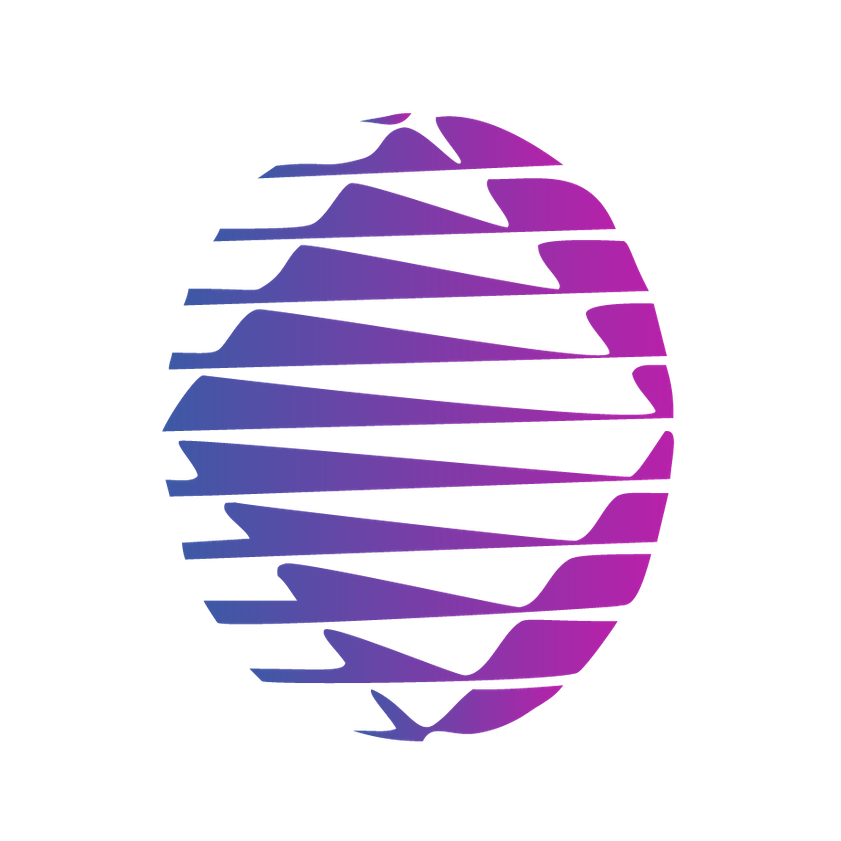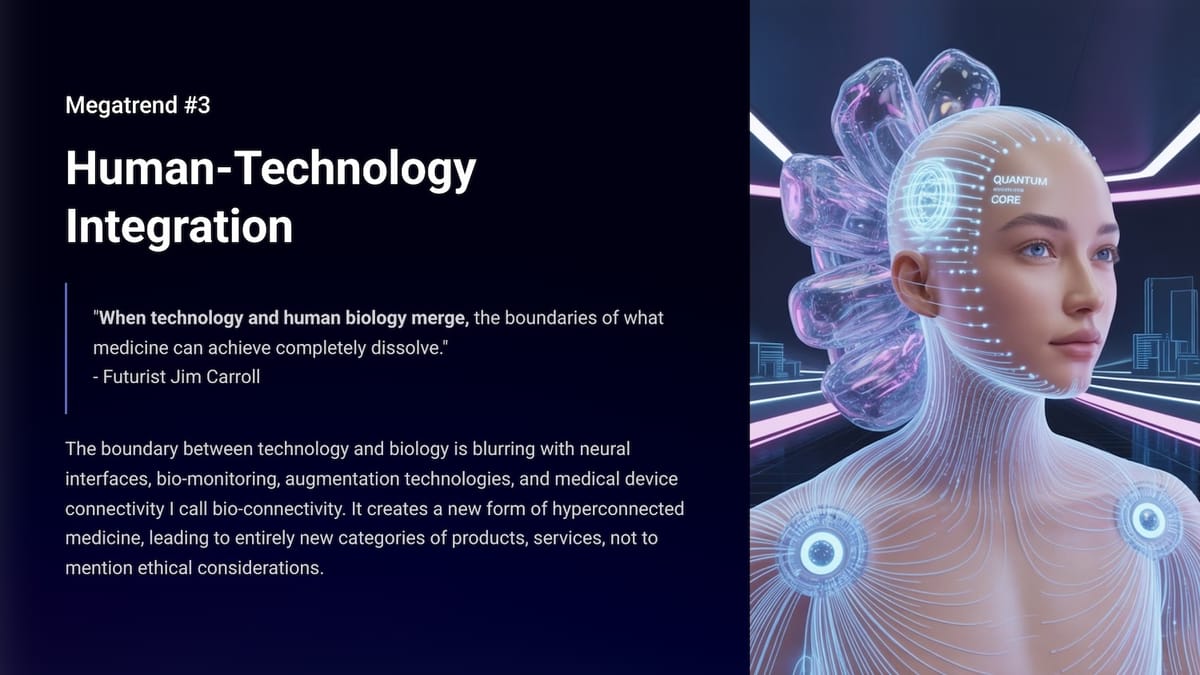"When technology and human biology merge, the boundaries of what medicine can achieve completely dissolve." - Futurist Jim Carroll
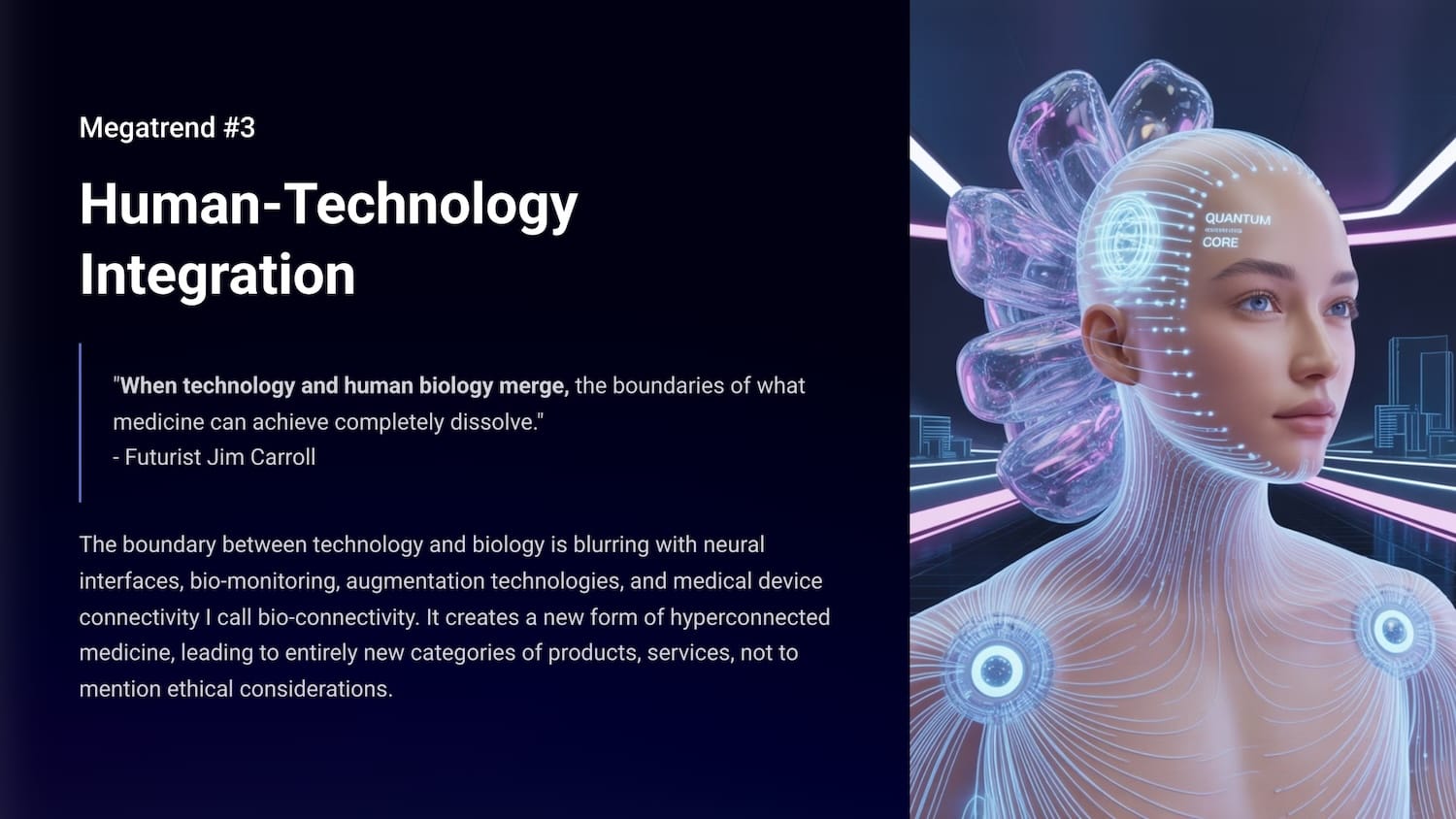
The boundary between technology and biology is blurring with neural interfaces, bio-monitoring, augmentation technologies, and medical device connectivity which we can refer to as bio-connectivity. It creates a new form of hyperconnected medicine, leading to entirely new categories of products, and services, not to mention ethical considerations.
This is a trend near and dear to my heart since I've been covering it in various forms, ever since I wrote a little book in 1997 called Good Health Online! It's also a topic I've covered in dozens of healthcare conferences over the years as a future trend, and it's fantastic to see it finally emerging. Just last week, this topic was one of the four pillars that I covered in a keynote for a major medical device company.
Why is it important? Let's put it this way - with the rapid acceleration of lifestyle disease worldwide, the holy grail for everything in the healthcare system is cost management. That's where the role of medical devices comes in. How about simple iPhone blood pressure and other health heart monitoring? John Hancock, a division of Manulife, offers savings to individuals who enroll in this type of disconnectivity program. It also, on a larger scale, engineers some overall cost savings in the system, negating further spending down the road in the costs of managing complex morbidity disease.
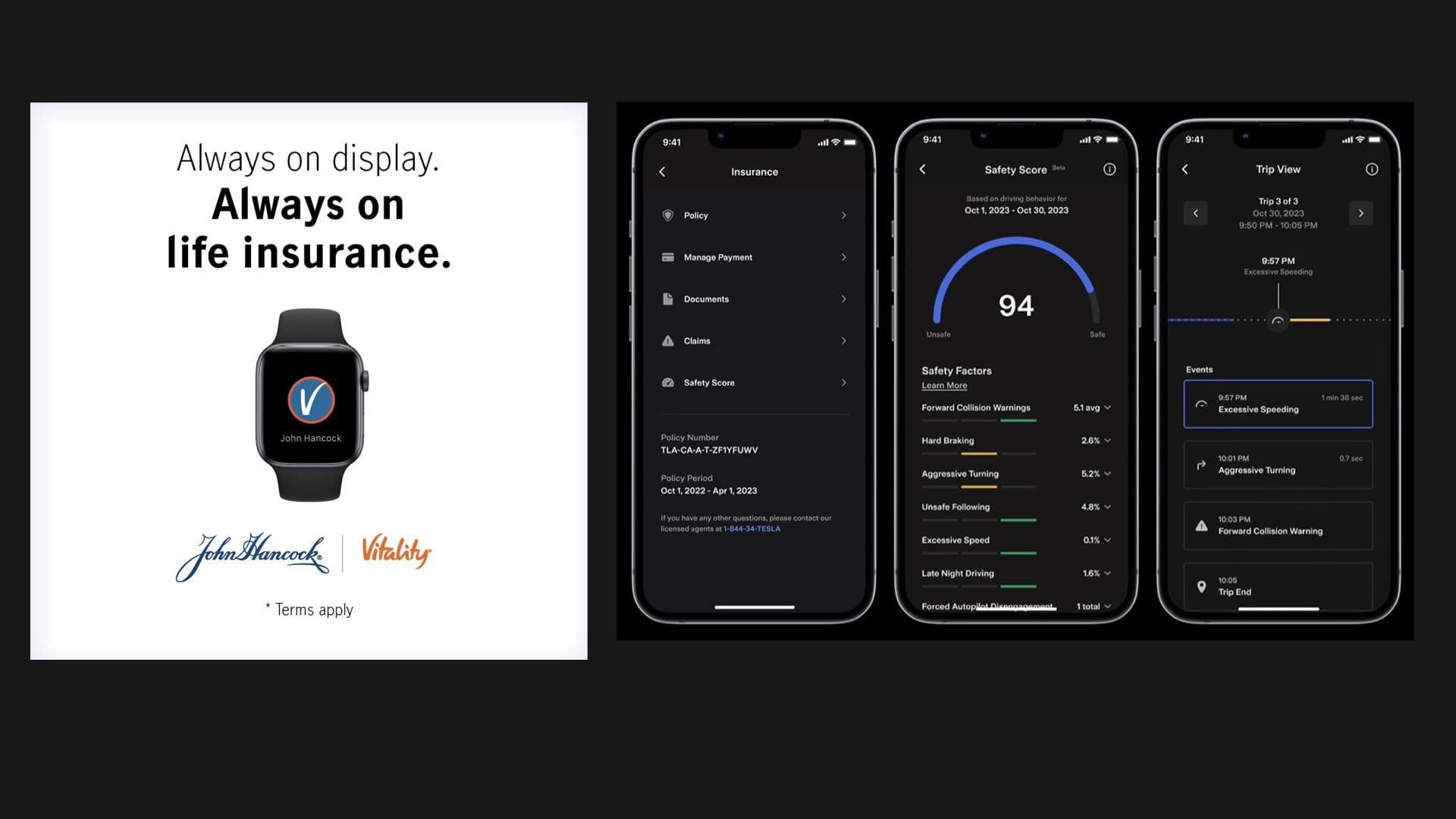
But that's just scratching the surface - here's where this trend takes us, in a slide from deck last week: "The future of health isn't just in our hands; it's on our wrists, around our hearts, and guiding every decision. Smart, connected devices are writing a new chapter where every patient is empowered, and care is truly continuous."
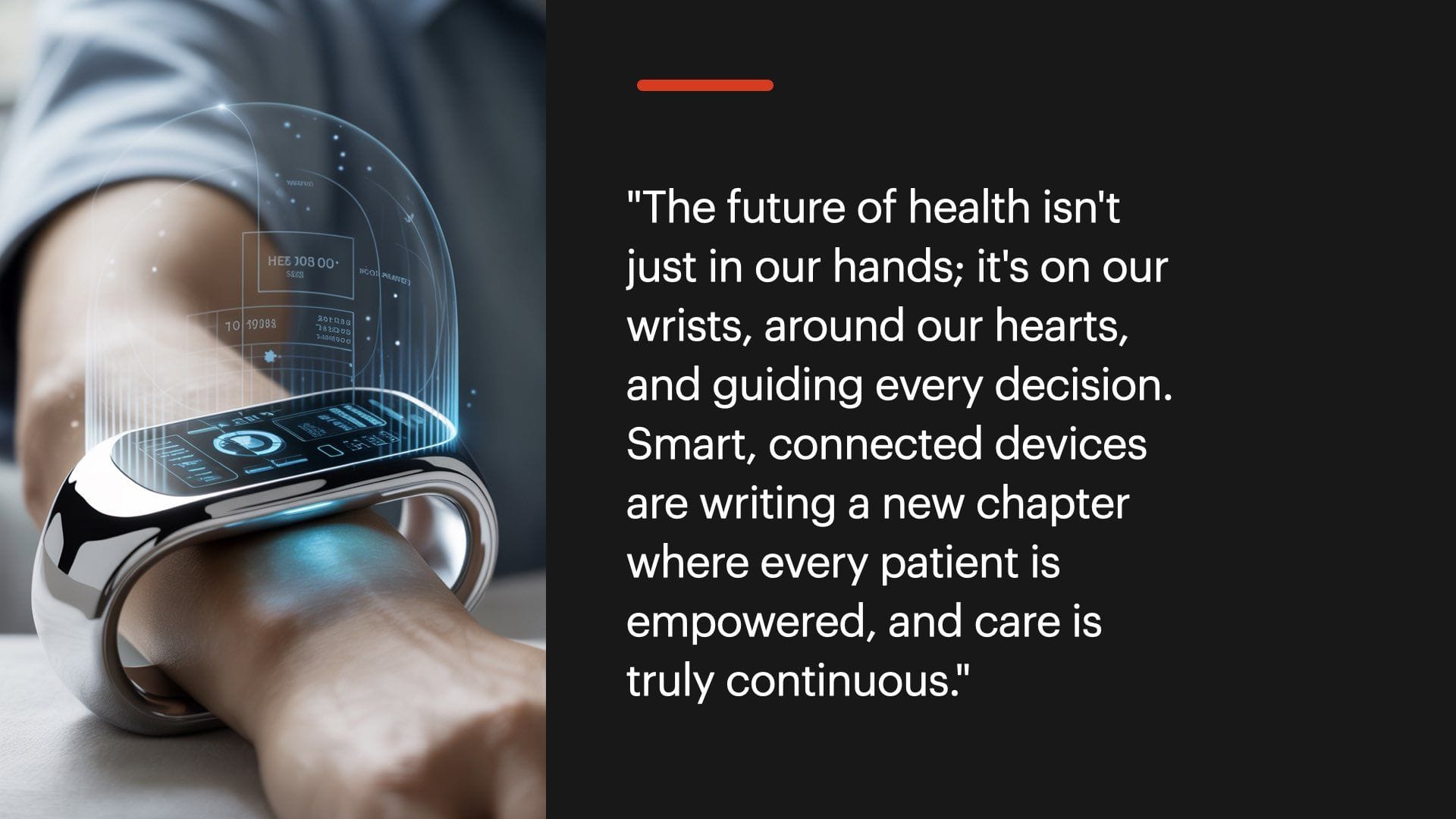
I shared this slide from my deck last week as well - this is where it takes us: "Continuous, real-time physiological data from wearables and implantables will become the new vital signs, allowing for personalized, predictive interventions long before symptoms appear."
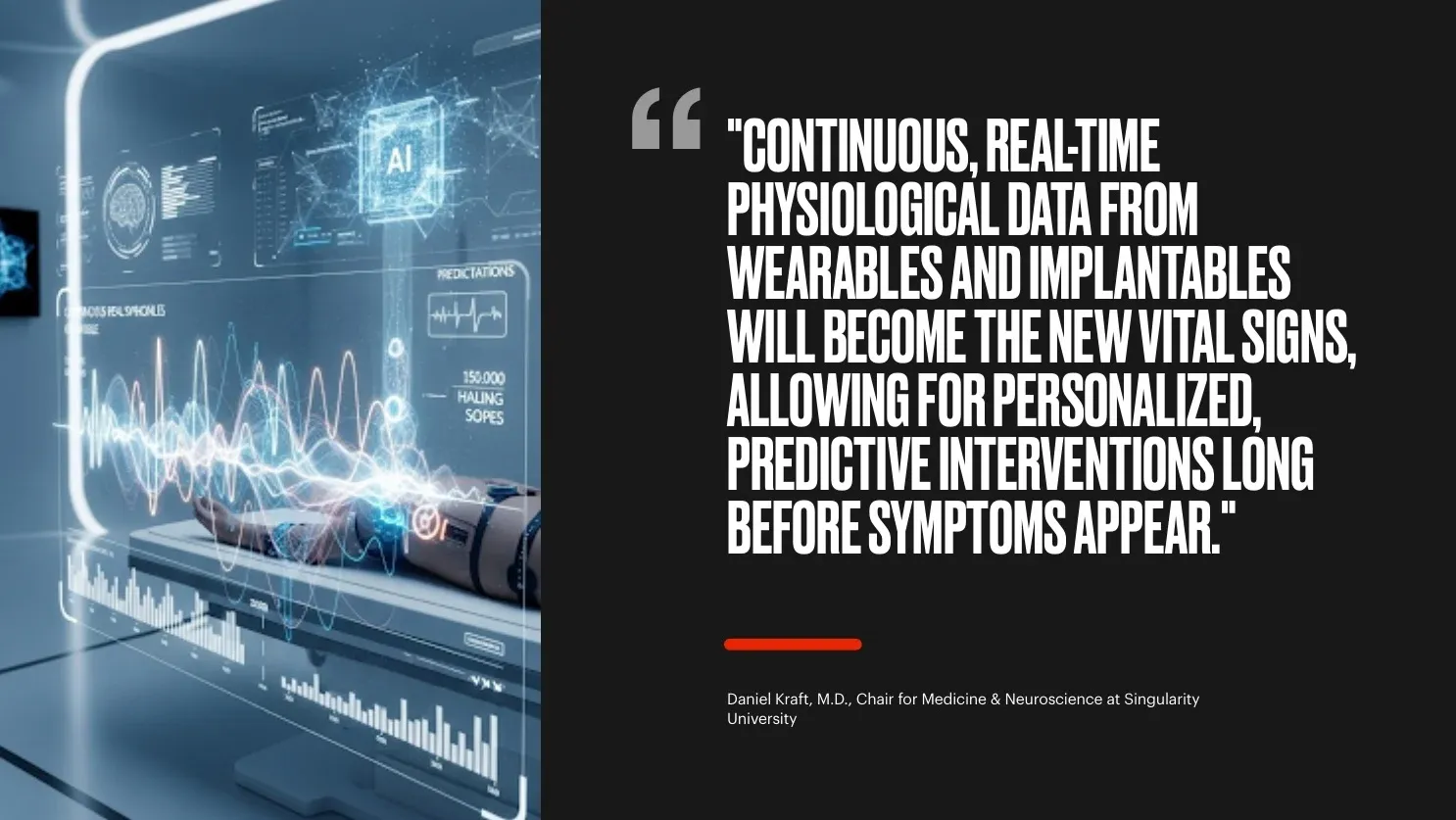
At the forefront of this transformation are Wearable Health Devices, driving widespread consumer adoption.
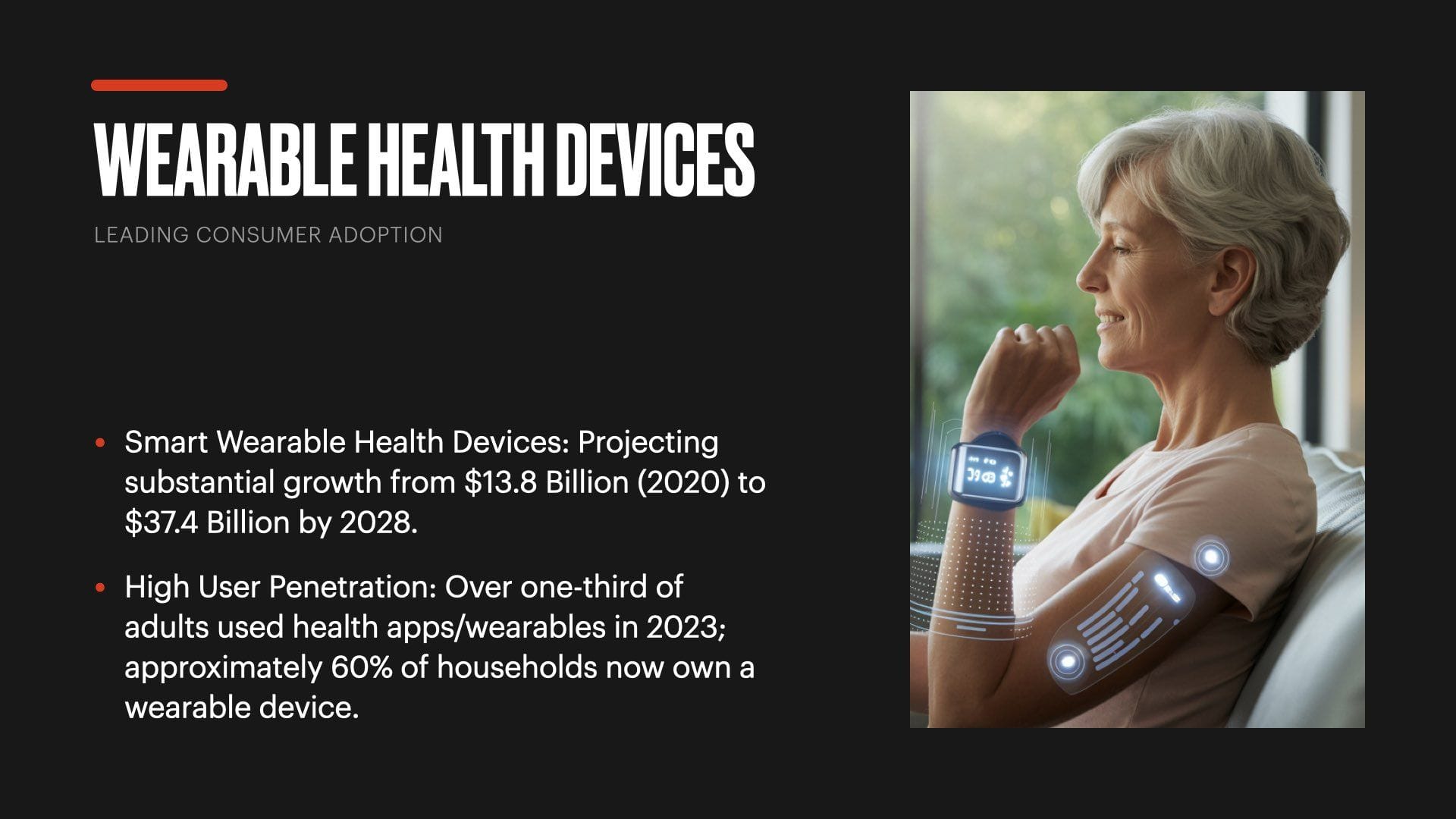
Some simple facts: we will see substantial growth in this market as the trend continues to mature, going from $13.8 Billion (2020) to $37.4 Billion by 2028. How big is it? Over one-third of adults used health apps/wearables in 2023; approximately 60% of households now own a wearable device.
The next category is known as the Internet of Medical Things (IoMT) - simply put, institutional (hospital, seniors care, clinics) medical devices becoming linked to the Internet.
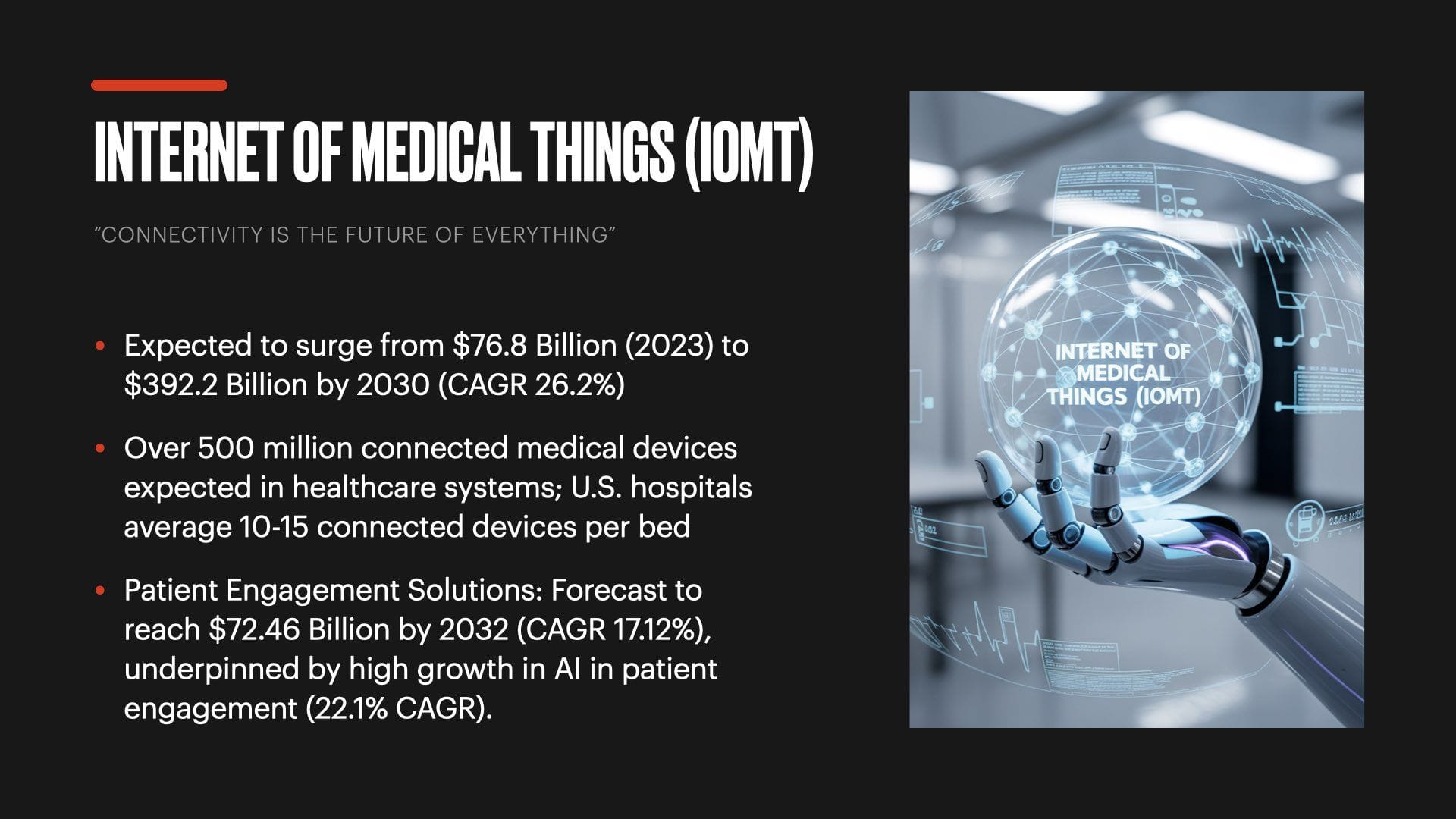
This too is a big growth market:
- It's expected to surge from $76.8 Billion (2023) to $392.2 Billion by 2030 (CAGR 26.2%)
- Over 500 million connected medical devices are expected in healthcare systems; U.S. hospitals average 10-15 connected devices per bed
Then there is the even more exciting field of Connected Drug Delivery Devices: think of devices that monitor diabetics in real-time and deliver insulin automatically, This market is projecting a significant increase from $5.8 Billion (2023) to $22.9 Billion by 2030. Other markets, in addition to diabetes management, include respiratory diseases, (Asthma, COPD), oncology, rheumatoid arthritis, and smart pill bottles.
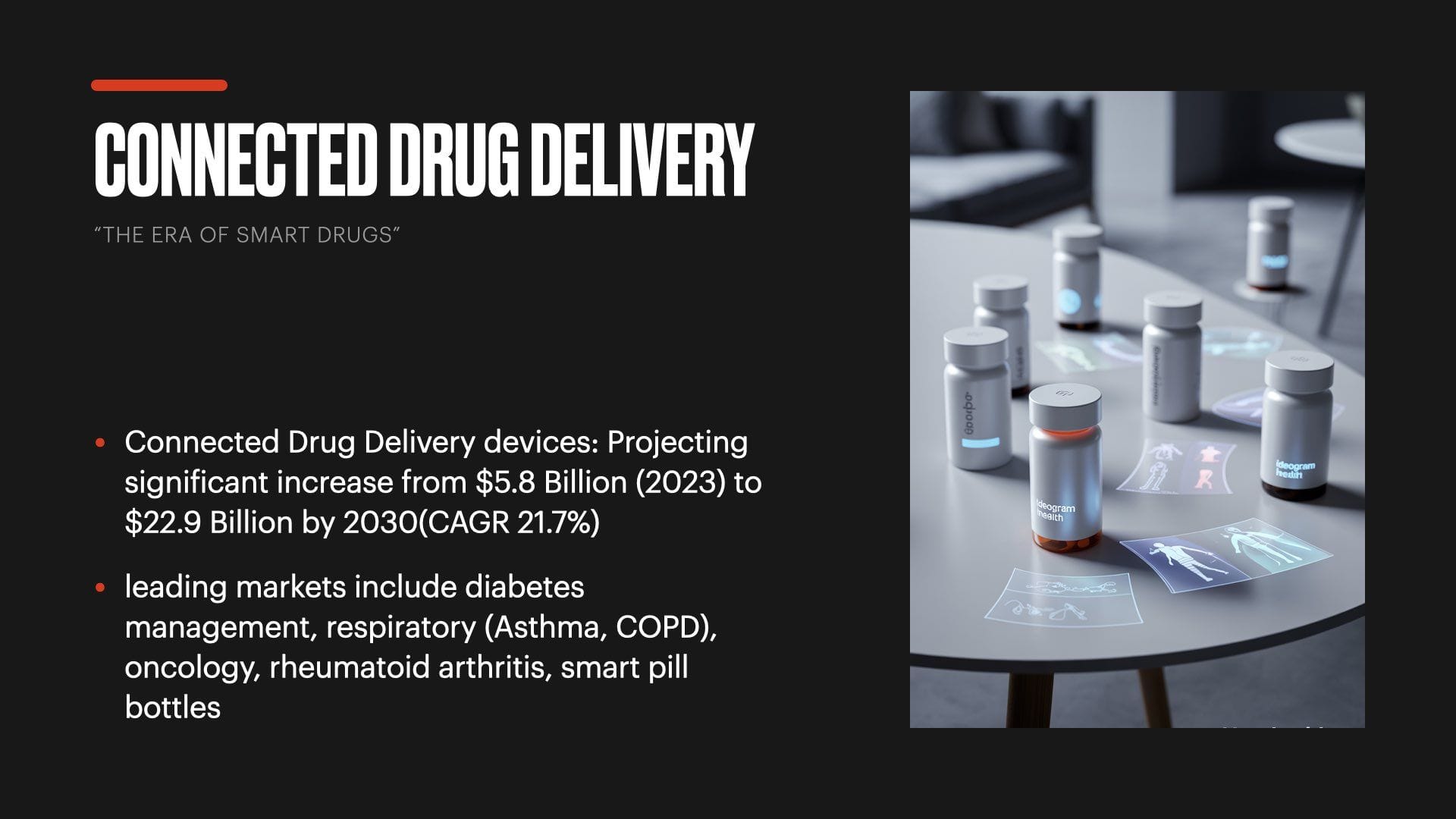
What are the overall opportunities here? Massive ones! Everything from:
- Patient Empowerment: Unprecedented access to personal health data
- Chronic Disease Management: Connected Devices Revolutionizing Adherence Monitoring
- AI-Driven Analytics: Real-time analysis enabling personalized treatment plans
- Healthcare Integration: Seamless EHR integration creating complete patient overviews
- Specialized Growth Markets: Glucose monitoring and implantable devices expanding
- Digital Platform Evolution: Virtual consultations creating comprehensive digital phenotypes"
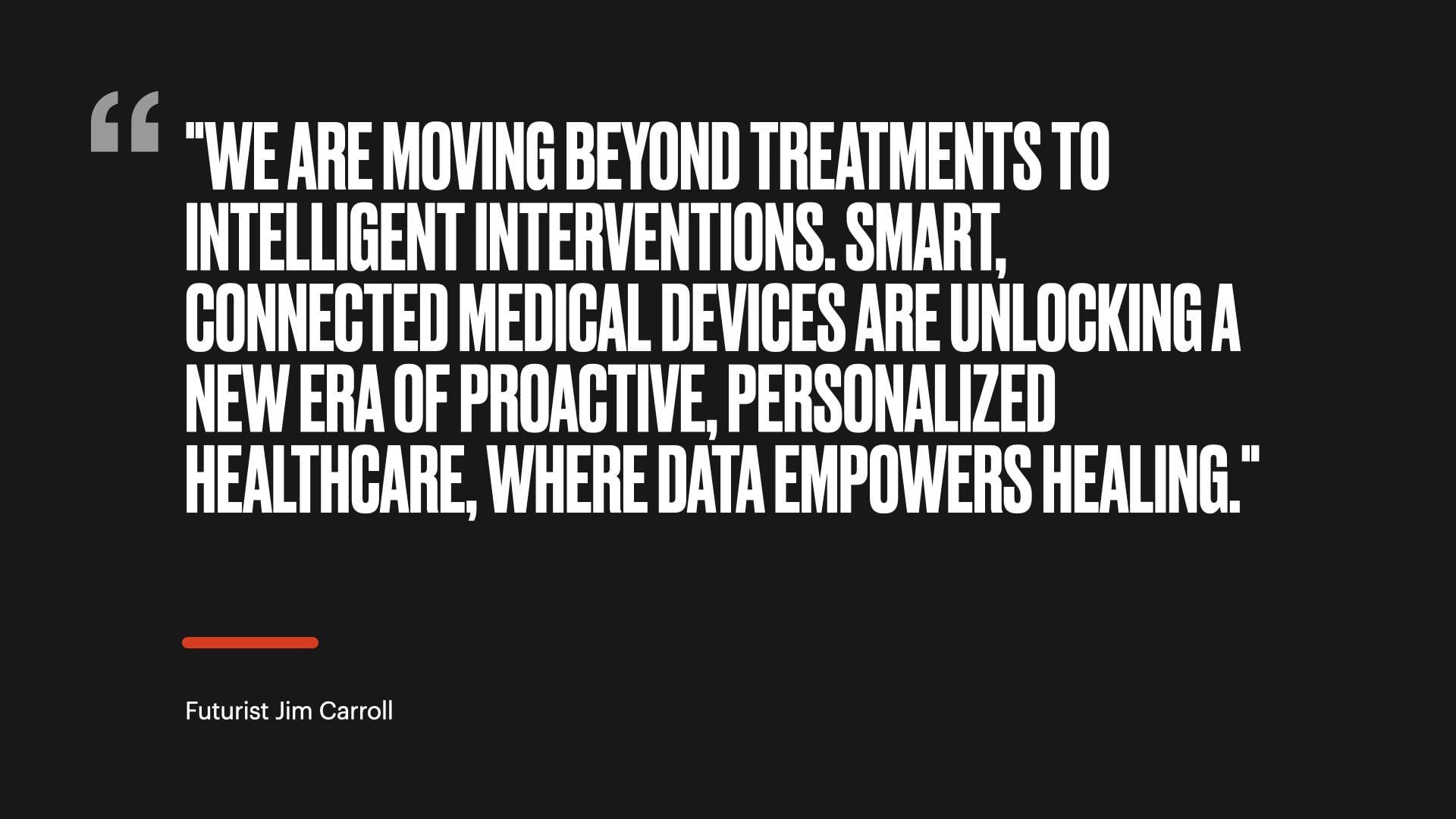
The long-term implications are pretty profound: "The convergence of miniaturized sensors, advanced analytics, and remote connectivity will make hospital-level care accessible from virtually anywhere, democratizing healthcare delivery globally."
Simply put, the convergence of technological innovation and the acceleration of medical science is ushering in a transformative era for healthcare. The rise of bio-connectivity, encompassing everything from personal wearables to sophisticated IoMT systems and intelligent drug delivery, signifies a profound shift towards more proactive, personalized, and ultimately, more effective healthcare - one of the most significant trends of our time!
It's a big trend, and growing bigger!
Futurist Jim Carroll predicted much of the reality of today's world of healthcare in his 1997 book, Good Health Online.
